i3S research on cilia is highlighted at European congress
Ana Rita Castro, a student on the MCbiology PhD programme and researching at the Institute for Research and Innovation in Health at the University of Porto (i3S), received a travel grant to present her work at the European conference “Cilia 2024”. She was selected for an oral presentation from among 228 abstracts and was awarded the prize for best presentation. This scientific meeting, which brought together cilia researchers, clinicians, patients, and patient representatives from all over the world, took place in September in Dublin and represented a unique opportunity for the researcher to contextualise all the effort involved in her work and its impact on society.
Ana Rita Castro presented the results of a study recently published in the journal Cell Reports in which the team led by Tiago Dantas, of which the student is a member, discovered that it is possible to correct defects associated with serious diseases (embryonic malformations), known as ciliopathies, through the genetic manipulation of one of the motors responsible for cell transport. This work opens doors to the development of new therapies for several fatal genetic diseases.
Most of our cells have a thin, hair-like structure on their surface, known as a cilium, which acts as a sophisticated communication “antenna”. During embryonic development, our cells capture signals through these cilia, allowing them to communicate with neighbouring cells in order to ensure the correct development of our organs. The malfunction of one of these “antennas”, explains Ana Rita Castro, “can lead to embryonic malformations so severe that they result in death during gestation or shortly after birth”.
The team, which Ana Rita Castro is part of, focused its attention on dynein-2, the cilia motor responsible for transporting signalling molecules and other cargo from the top of the cilium to the interior of the cell. This is because, she explains, “we know that patients with mutations in dynein-2 regulators develop malformations characteristic of ciliopathies”.
The i3S team discovered that, through genetic manipulation, it is possible to modify and correct defects in dynein-2 in order to allow its activation even when some of its regulators are compromised within the cilia. With this work, the PhD student said "we were able to understand that the manipulation of dynein-2 offers a possible approach for the development of new therapies aimed at treating ciliopathies associated with the dysregulation of this motor".

